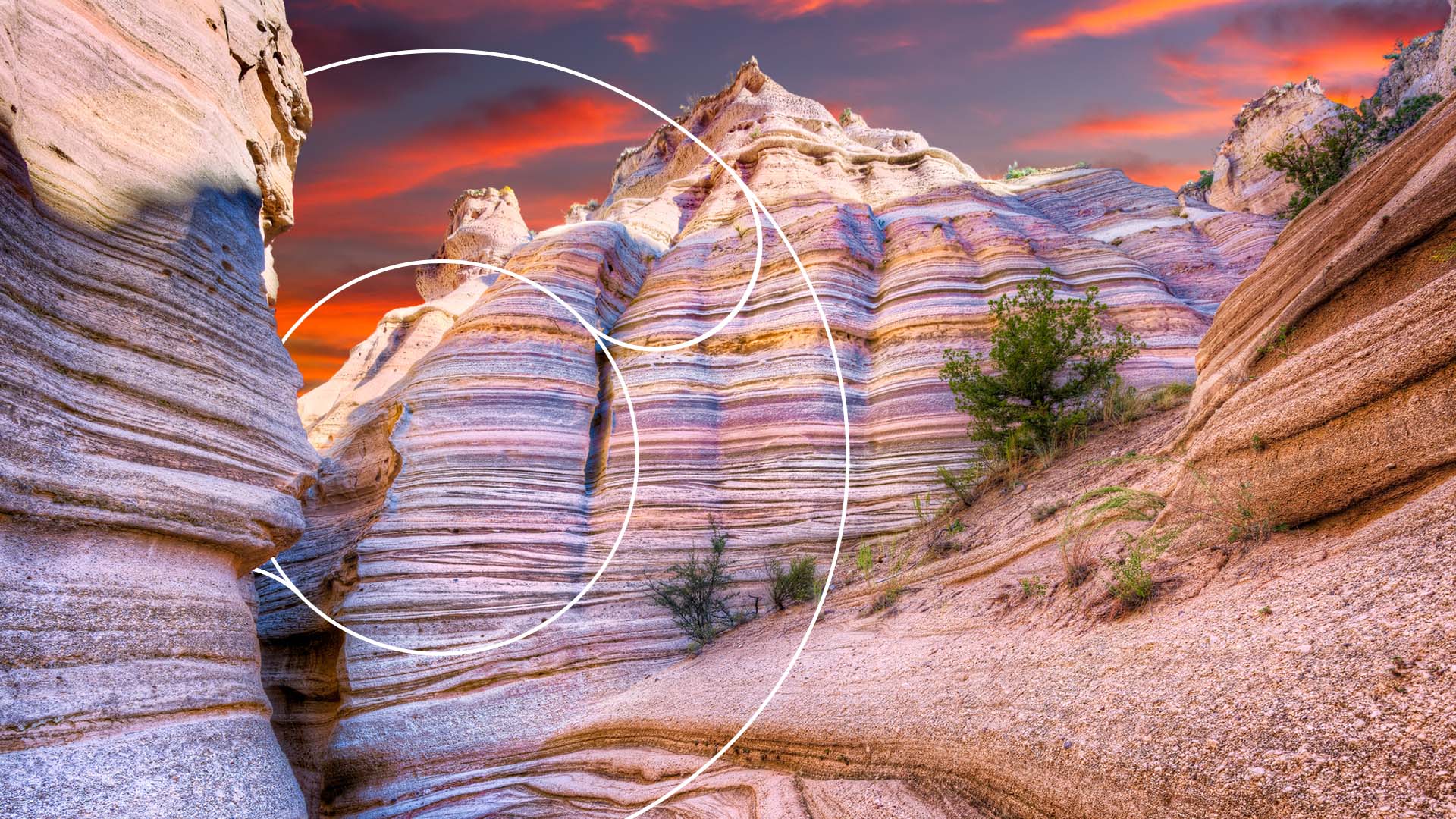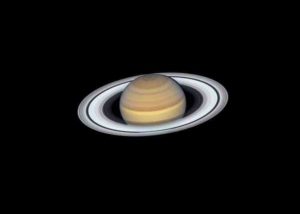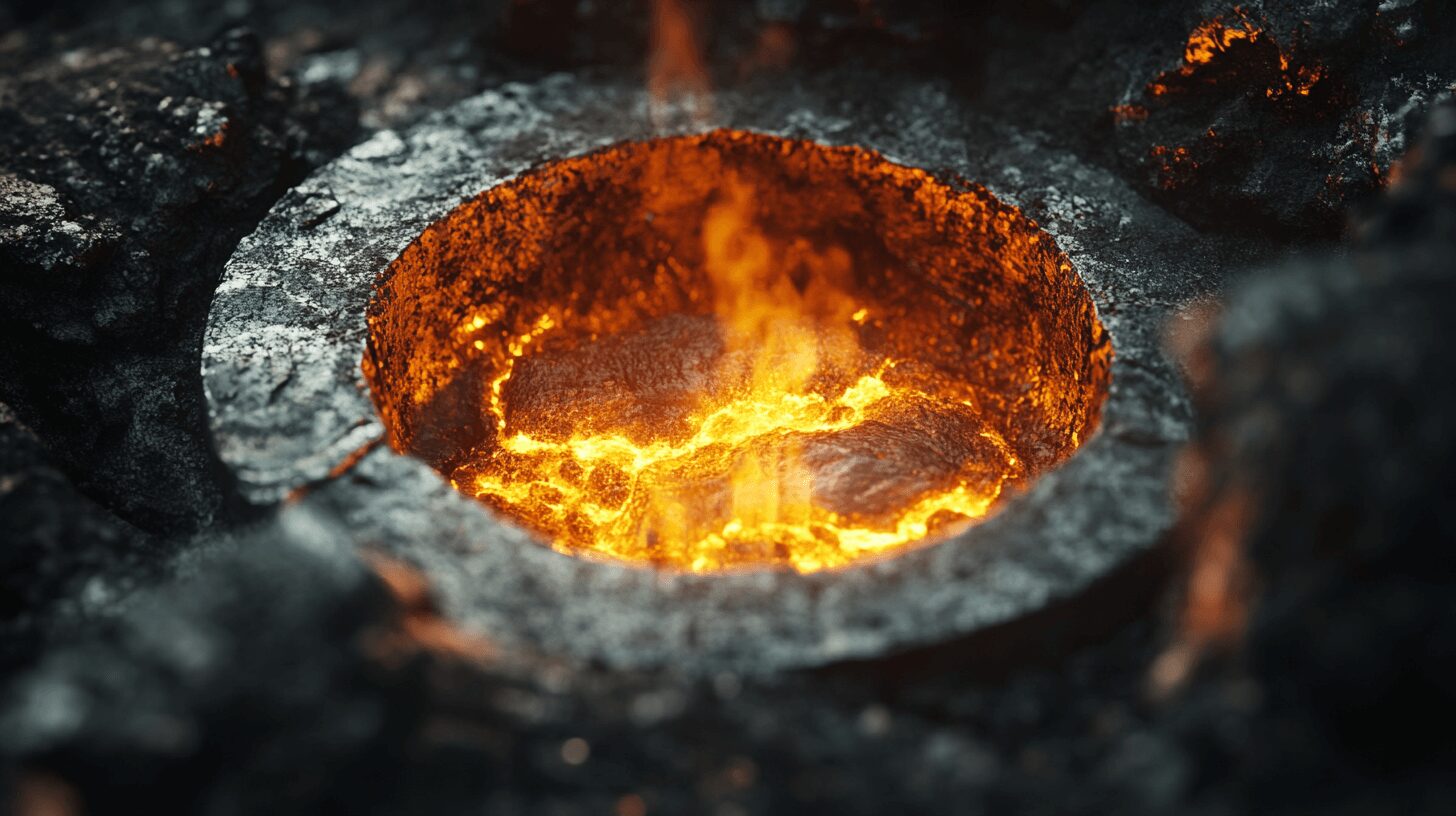
37 Branches of Geology and Why They’re Important
September 9, 2022 - Emily Newton
Revolutionized is reader-supported. When you buy through links on our site, we may earn an affiliate commission. Learn more here.
Geology is the study of rocks, how they form and how they fall apart. It’s one of the Earth sciences and is perfect for anyone who’s curious about the rocks under our feet. You can be a geologist, but geology is a very broad branch of Earth sciences and it splits up into numerous other branches. Believe it or not, there are 37 different branches of geology. Each focuses on a different piece of this Earth sciences puzzle. Let’s take a closer look at the different branches of geology and why they’re important.
Natural Resources
Rocks are one of the planet’s most abundant natural resources. However, since they come in so many different forms, we need ten different branches of geology to give us an in-depth understanding of them all. If you enjoy eating apples or other fruits, then you’ve partaken in pomology. That’s the study of how fruits are cultivated. This field goes hand in hand with agriculture, with pomologists focusing on improving fruit quality, more carefully regulating production periods, and reducing costs.
Agronomy or agrology is the name for the branch of geology that focuses on crop production and agriculture. These two branches might not be solely responsible for the food on your table but they do play a large role in its production. Agrologists are working with farmers and scientists to come up with solutions to the agricultural problems created by climate change.
Hydrogeologists study groundwater and how it moves through the planet’s crust. Hydrogeology will become more essential as the planet continues to warm and water scarcity becomes an even larger problem. Pedologists classify different soils based on their biological, physical, and chemical properties. Soil scientists, on the other hand, study how soils form, how they’re classified, and what makes them fertile for growing.
Meanwhile, people who study edaphology focus their research on how soil makes plants grow. Do you have a favorite rock, like quartz or tiger eye or sapphire? Then you’ve enjoyed one of three branches of geology.
Crystallographers study how atoms arrange themselves in crystalline structures, while gemologists study both natural and artificial gems. In a similar vein, mineralogists spend their time figuring out how these gems and crystals form in nature. The growing popularity of crystals for decorative and spiritual applications have increased the demand for all three of these fields. Gems, rocks and soil are all valuable natural resources. If you like getting your hands dirty, one of the natural resources branches of geology might be the best choice for you.
Tectonics
While the ground under your feet might feel solid, it’s actually moving — so slowly that you don’t generally notice until an earthquake strikes or a volcano erupts. Tectonics is one of the six branches of geology that fall under this umbrella.
Anyone who studies tectonics spends their time looking into how the Earth’s crust formed and how it changes and evolves over time. This umbrella also encompasses volcanology, the study of how volcanos erupt, how they form, and anything else related to volcanos. These are also the people you want to have around if it looks like a volcano might erupt because they have the tools and knowledge to predict those events. Volcanologists are still studying the aftermath of the explosive eruption in Tonga which occurred on January 15, 2022. That eruption released more energy than the most powerful nuclear bomb ever constructed.
Seismologists study earthquakes and how the seismic waves they create travel through the Earth’s crust. These are the geologists behind the earthquake detection devices that keep track of seismic activity across the planet. Unlike volcanic eruptions, we don’t have a way to predict earthquakes with any degree of accuracy, but that doesn’t mean that seismologists are out of a job. There are also three branches of tectonic geology that most people don’t think about: neotectonics, which is the study of how the crust has deformed recently, tectonophysics, which studies both the crust and mantle to see how and when they deform and seismotectonics which studies earthquakes and faults.
Sediments/Rocks
Earthquakes and volcanoes aren’t the only things affecting rocks and soil on the planet’s surface. Studying sediments and rocks help us learn more about our planet. Some geologists look into the effects that weather and other things have had on the planet’s surface and how it formed.
Sedimentologists study how things like sand and clay are deposited, both on the surface and within the Earth’s crust. If you were ever curious about how your favorite beach came to be, this is the field for you. Surficial geologists study that same sediment, to learn how it formed. They often work closely with glaciologists, who study glaciers and how ice has impacted the shape of the planet’s landforms. Glaciologists are among those raising the alarm about climate change as they watch, firsthand, as glaciers around the world begin to melt and collapse. Geophysicists study the planet in relation to the space around it. Bedrock geologists study the solid rock that sits beneath the soil and sediment.
Finally, lithologists classify the rocks that all of these other geologists find based on how they look and their chemical properties. That brings our total up to 22 branches of geology and we’re not done yet!
Chronology
Next, we’ve got the chronology umbrella, branches of geology that deal specifically with time. If you love dinosaurs, you’re already familiar with one of the branches of chronology — paleontology!
This study of the fossil record falls under geology because, by the time bones become fossils, they’re basically just rocks themselves. Did you know that you can tell the difference between rock and fossilized bone with your tongue? Yup — just lick your suspected fossil. If it’s bone, your tongue will stick to the surface. You’ve also got micropaleontology, which follows the study of microfossils. The chronology family includes branches like stratigraphy, which studies how rocks are layered and use those layers to calculate the passing of geologic time, and paleomagnetism, which uses rocks to study how the planet’s magnetic field changed over time.
Magnetostratigraphy combines the two fields together. We’ve also got geomorphologists who study how landforms are created, paleoseismologists who study ancient earthquakes, and geochronologists that use rocks to attach dates to past geological events. Understanding plate tectonics and how the plates have used earthquakes and other seismic events to move in the past can help explain a lot about how the supercontinent Pangea formed, and what led to its eventual breakup. The rocks under our feet can teach us a lot about what the world used to look like and the changes that it went through to get where it is today.
Topography
The topography family focuses the physical features of the landscape. This is probably the smallest umbrella, only covering three fields. First, we’ve got orography the study of mountains and their distribution across the Earth’s crust.From the Appalachians to the Rockies, there’s plenty for orography students to study. An orologist will be happy to tell you that the Appalachian mountains might look small, but their size simply means that they are infinitely older than the taller and sharper Rocky mountain range — and don’t get them started on the Asian and European mountain ranges.
Next is topography, which is how things are arranged in the landscape. If you’ve ever seen a map that shows mountains, valleys and other natural features, you’ve seen topography in action. Typography skills are valuable when creating maps, but can also be indispensable when it comes to understanding how to navigate by those maps. It’s a lot easier to find your way around if you understand how to tell the difference between a mountain, a valley and a river. Finally, there’s hypsometry which focuses on the height of things as they relate to sea level. These three fields are all part of geography and help us map the world around us.
Astrogeology
As people fascinated by geology, we have a deep love for earth science, but our home planet isn’t the only rock floating out there in the void. Finally, we’ve got astrogeology which focuses on the study of geology once we leave the Earth. Astrogeology itself focuses on how our planetary geology relates to other celestial bodies. If a meteor strikes Earth, that falls under the astrogeology umbrella.
From there, the field gets broken up into three other specialties: Areology focuses on the geology of Mars. Aerology gets its name from Ares, the Greek god of war. Aerologists will have more to do once NASA or SpaceX finally starts sending astronauts to Mars. For now, they’re content to study data sent back by Perseverance and the other Mars rovers. Selenography on the other hand, focuses on the moon. We may not be including a selenogeologist on the first crewed Artemis mission, but their skill will be in high demand after we set up a permanent lunar base. and exogeology covers other celestial bodies, like asteroids, moons, and comets.
Which Do You Want to Study First?
Now that you’ve got a basic understanding of the 37 different branches of geology, which ones do you want to study first?
Editor’s Note: This article was originally published on October 17, 2019, and was updated on September 9, 2022, to provide additional information.
Revolutionized is reader-supported. When you buy through links on our site, we may earn an affiliate commission. Learn more here.
Author
Emily Newton
Emily Newton is a technology and industrial journalist and the Editor in Chief of Revolutionized. She manages the sites publishing schedule, SEO optimization and content strategy. Emily enjoys writing and researching articles about how technology is changing every industry. When she isn't working, Emily enjoys playing video games or curling up with a good book.







